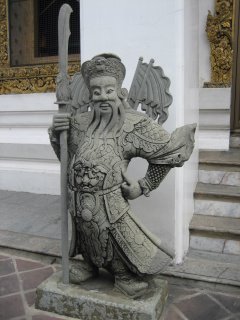




Regular western and southern routes out of Bangkok (Thon Buri) Station enable travel by train to Kanchanaburi province and to southern Thailand.
On express trains, sleepers are available in three classes: first and second class (air-conditioned), and second class (non air-conditioned, but with fans).













































